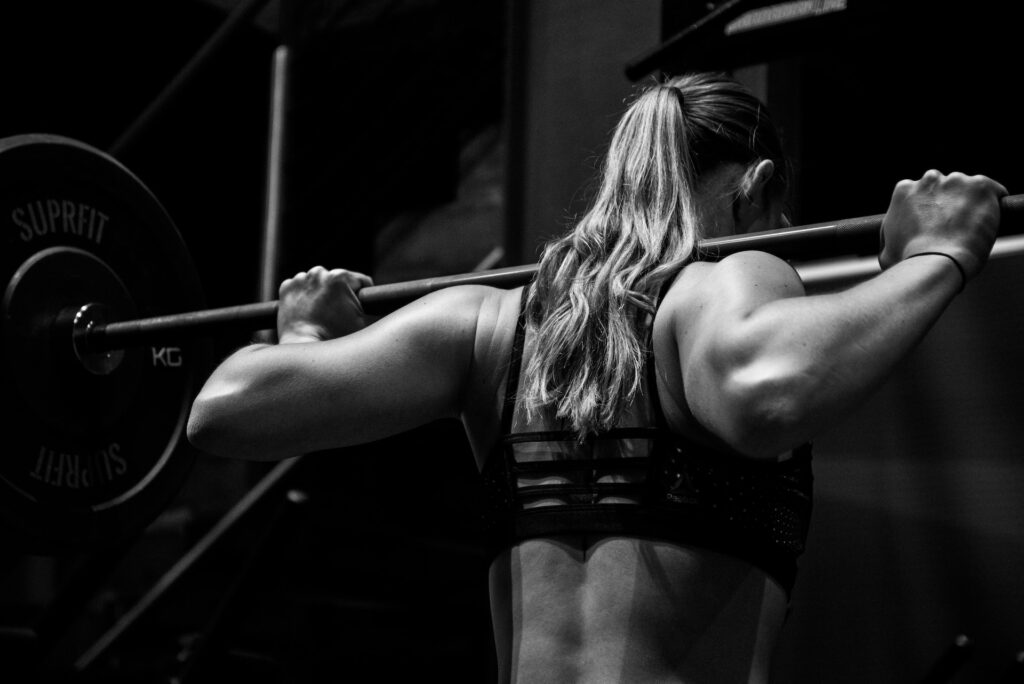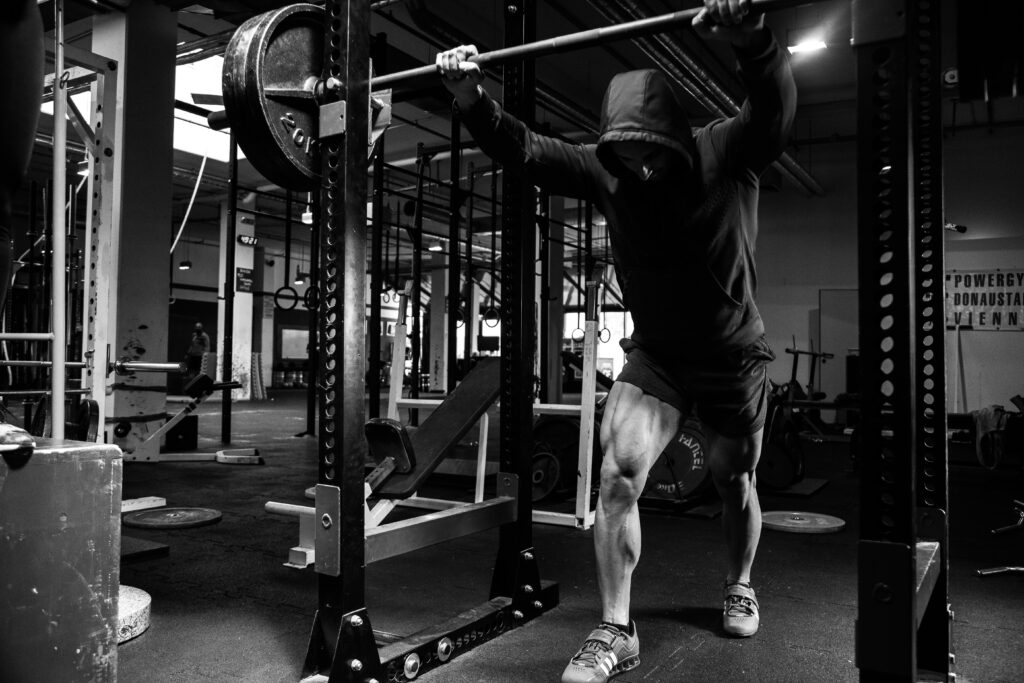Movement swaps
This is a topic of contention and rightly so, as many struggle to work out when to swap movements in and out, whereas some others make these changes when they aren’t at all necessary. The key with swapping movements is to look at the facts and ask yourself if it needs to be done. If the answers is yes, then staying consistent with that movement for a long enough period of time will be the aim and you can then assess if that movement if providing more than the one that has been swapped out.
This requires and objective mindset so second opinions on here are always advisable.
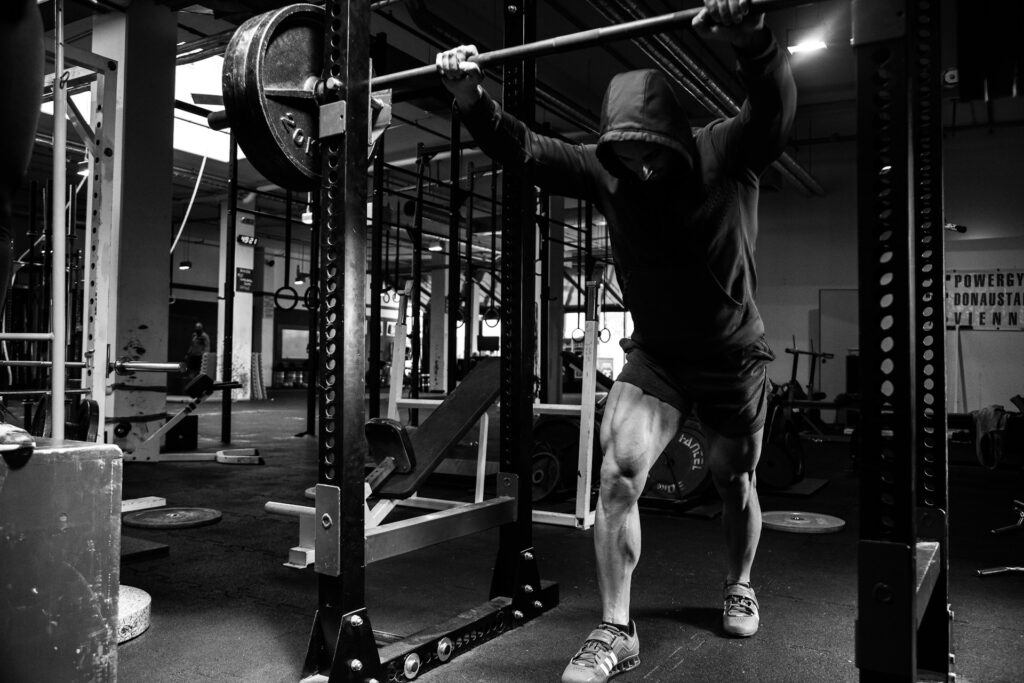
Photo by Alexander Redl on Unsplash
When should you swap a movement
Technique breakdown: There is no excuse for poor technique so if this issue arises on more than one occasion, attention then needs to be paid. This breakdown in technique could happen for a myriad of reasons so the first port of call would be to remove some load off the bar and see if technique improves.
Loss of sensation: Sensation isn’t everything. We know regardless of how a movement feels, those same muscles will be working in order for movement to occur, however we still want to feel some kind of sensation to ensure we are placing maximum tension on the correct muscle. If a movement loses sensation, then we can take the same measure as technique breakdown and perform with a lighter load. If that doesn’t work then you can also adjust the rep ranges, preferably to a higher one to see if any change occurs.
When a movement causes pain: The first thing that should be addressed here is why is it causing pain. It would be easy enough to swap movement or swap the angle but that doesn’t solve the problem. There are however some cases where pain can be caused due to differences in anatomy or due to incorrect technique. This would then involve spending time working through your available range of motion at various joint angles in order to work out the movements that work for you.
Limited progress: As long as the movement is being taken close to or directly to failure, it doesn’t matter all that much if progression is slow. Some movements will be slower to progress due to their resistance profile or because of how taxing they are so don’t panic. If a movement though has plateaued for a prolonged period or even starts to regress, this may be a sign that a form reset, reduction of load or even a complete swap may be needed to ensure consistent progression throughout your sessions.
Change in mind-set: Sometimes the issues faced towards a movement are no longer physical and become mental. Assess why this movement is causing you issues. Is it causing you anxiety? Do you find it painful or uncomfortable? Do you have an emotional attachment to it? Looking at the movement with a different perspective and treating simply as an opportunity to go through a desired range/path of motion may help you overcome the mental barrier.
Diet phases: High stability exercises can suffer especially when body weight drops. This may result in any of the points listed above occurring. The solution here would simply be to swap to a movement more appropriate to that stage of your fat loss journey. A good example of this would be swapping a barbell squat for a hack squat.
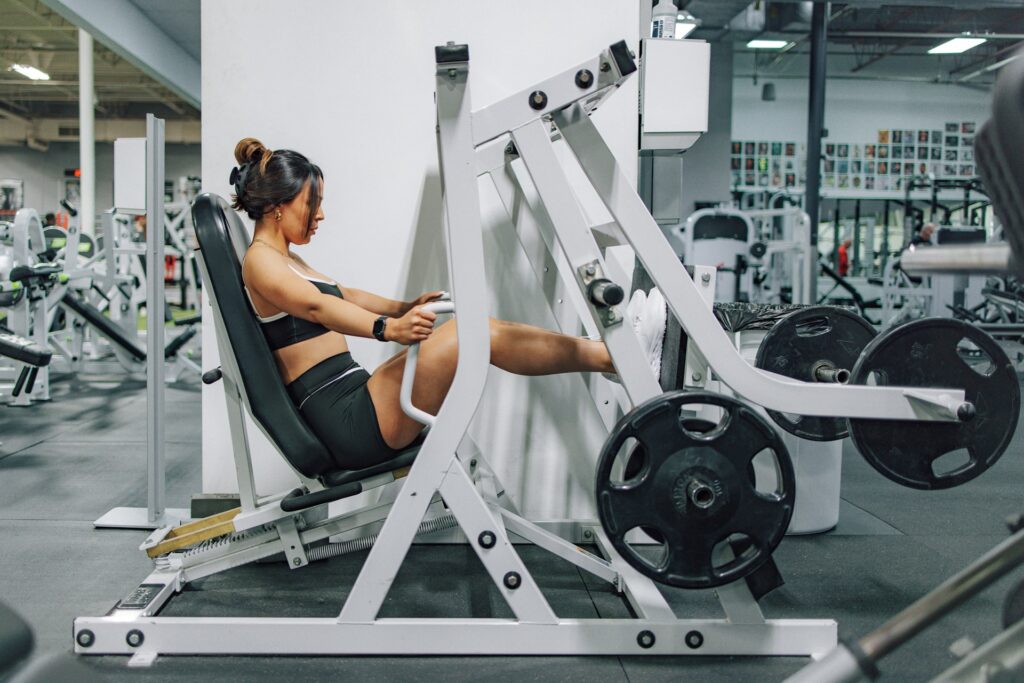
Photo by Nate Johnston on Unsplash
What can you do instead of movement swaps?
Change the rep range: There is nothing magic about a rep range. The rep range is just there as a reference and a guide. Certain movements that are both locally (muscular) and systemically fatiguing as well as multi joint movements may benefit from lower rep ranges whereas those that only provide muscular fatigue and are single joint movements will be better off with slightly higher rep ranges from a joint safety perspective. This may see a low rep range of 6-9 reps move to an 8-12 rep range. The minor shift may allow you to take some weight off the bar but still train with the same intensity.
Reduce load: When progressions are taken, you’ll often experience that the first few runs with that weight don’t feel as it should. If this continues into the second, third and fourth run at it then it may be a sign to remove some of the load back to your previous weight, or to take smaller progressions in the future.
Swap the session order: You can also assess if the exercise order is playing its role in any of the issues you are facing. Placing a high fatiguing movement or one that has its peak required force production in the contracted position, towards the latter stage of the session could be the reason as to why the exercise is suffering. Attempt to place that movement earlier in the session and assess if performance, connection, or technique improves.
Change technique: Certain exercises will have multiple variations in technique and hand/foot position. Variations in arm and leg path can also contribute to the way a movements feel and performs. This may see a traditional lat pull down be swapped for a VariGrip bar with d-handles or going into a squat with a slightly wider stance.
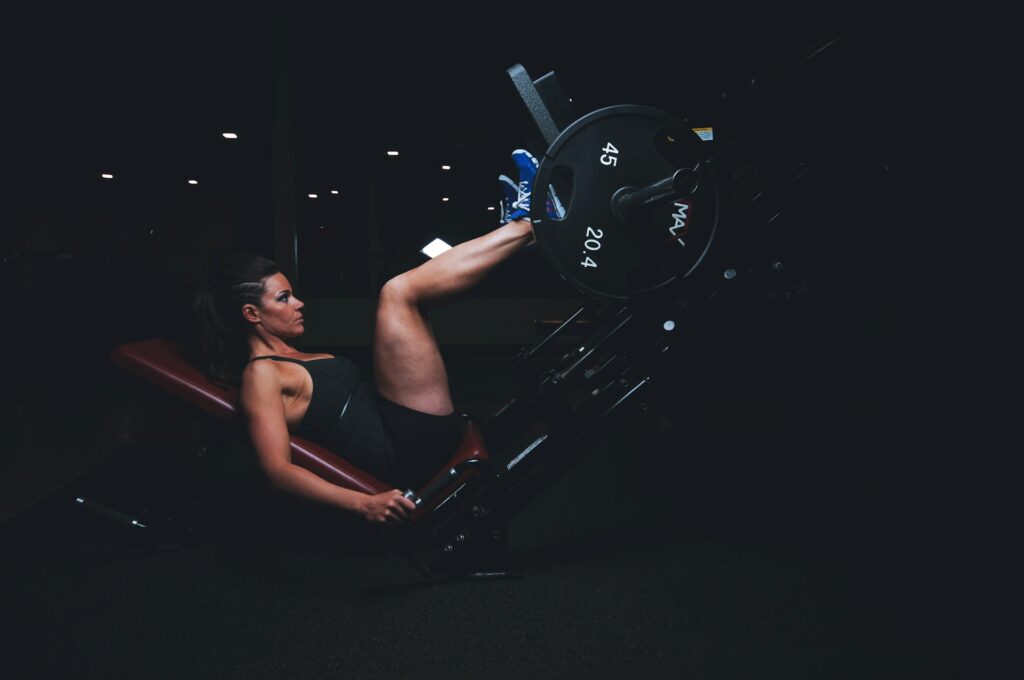
Photo by Scott Webb on Unsplash
Conclusion
Be objective with your reasoning as to why you are changing a movement. Ideally the swap would be as like for like as possible, however the availability of equipment will dictate this. Certain movements will be in your programme for a good reason so you should always try to give it as much of a chance as possible before making a swap.
–
If you want to see more information on training and nutrition, see my latest Instagram posts at @the_biomechanics_coach. Or, if you are interested in exploring other areas of your training and becoming the best athlete you can be, what about reading my last post on D-handles.


